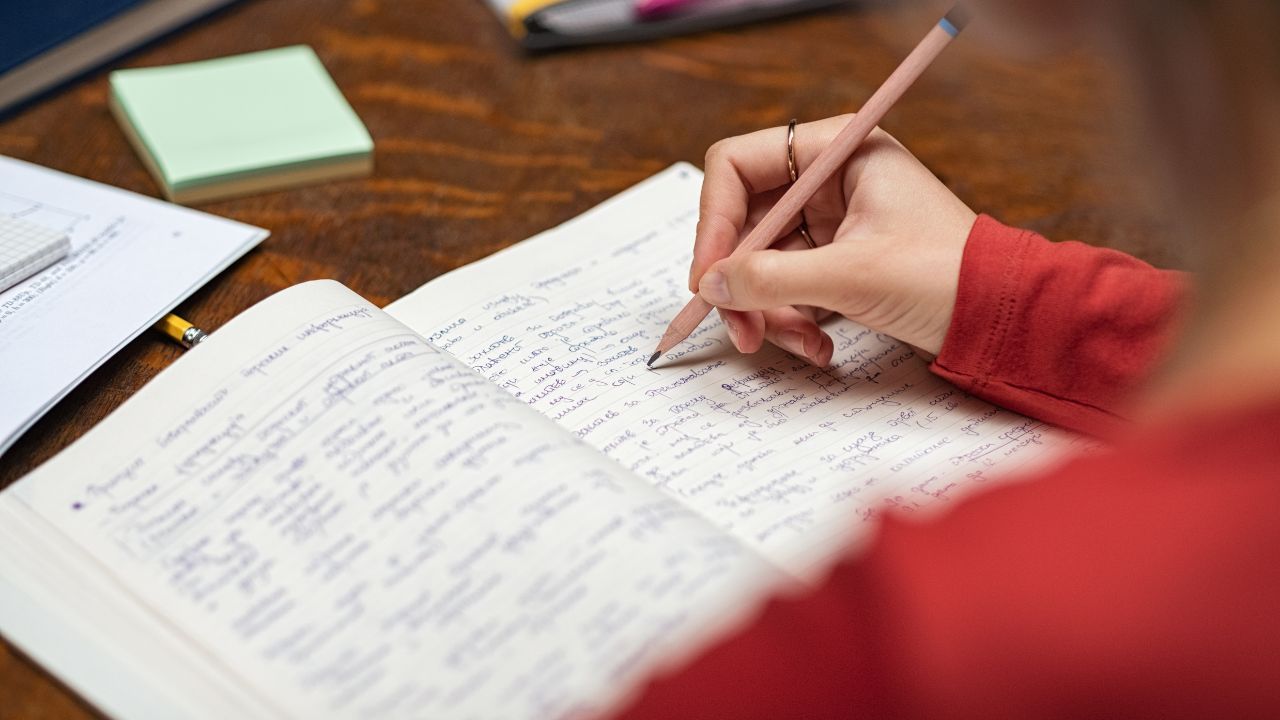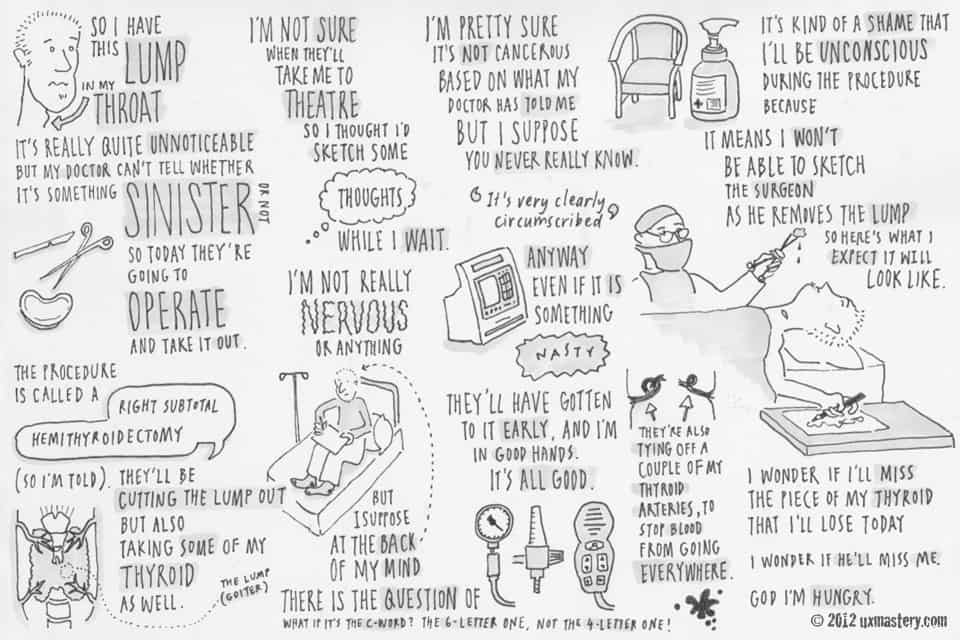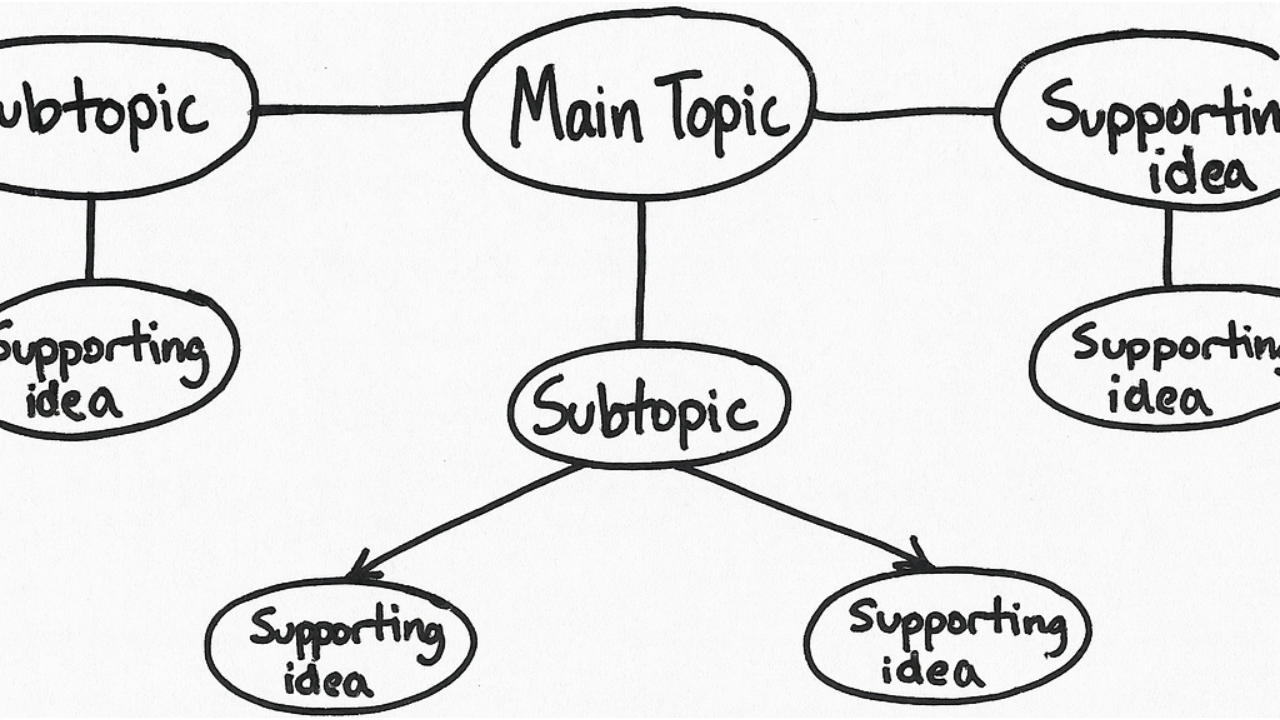
Note-Taking Methods for Deeper Learning
Sep 24, 2025If you asked me in high school or college why I took notes, I would have said it was so I had something to study later. Notes were about capturing information from a lecture or video to prepare for a test. If you missed something, you could just borrow someone else’s notes and be fine.
Today, with the advent of AI, note-taking is even easier. A student can record a lecture, have it transcribed, and generate a detailed outline in less than a minute. Which raises the question: if notes are only about test prep, then why even show up to class? Just hide a phone on the book shelf and let it do all the work.
The Brain Science Behind Note-Taking
However, this view of note-taking misses out on its greatest value. Creating a study guide is not the only reason to take notes, in fact, it’s not even the most important one. Note-taking is about engaging the brain in a way merely listening cannot. When students take notes, they are no longer passively listening but interacting with the information. This activates the prefrontal cortex, the control center of the brain that filters out the most important information with less important data.
To write something down, the hippocampus and surrounding memory systems have to translate what is heard into meaningful chunks. When students paraphrase, summarize, or sketch what they are hearing, the brain stores information better and thereby strengthens their grasp of the material. This is why handwritten notes often beat verbatim typing, they require more mental processing.
Note-taking isn’t just about recording what you learned, it is a vital part of the actual learning.
Here are a few strategies you can use to help your students take notes in ways that deepen learning.
Hand-Write Notes
Research continues to show that writing notes by hand activates the brain differently than typing. Hand-writing is slower than typing. When students hand-write, they can’t capture every word, so they have to summarize, rephrase, and make decisions about what matters most.
This extra processing strengthens memory and comprehension. Writing by hand also slows the pace just enough for the brain to consolidate new information instead of letting it slip away. While digital tools or even typing is faster and more efficient, encouraging students to put pen to paper can make their learning stick in deeper and longer-lasting ways.
Sketch Notes

Sketch notes, or visual note-taking, are when students draw out what they are hearing instead of only writing words. To sketch what you hear, you have to comprehend it first. That act of translating words into images encourages active listening, focus, and creativity. Some students might combine text, arrows, doodles, and symbols to capture their thinking. The point is not neatness or creating works of art, the point is engagement.
And now, with tablets and styluses, students can sketch digitally just as easily as on paper, which makes this strategy accessible across settings.
Double Entry Diary

With this method, students divide their page into two columns: Quotes and Thoughts.
In the first column, they jot down lines, facts, or ideas that stand out. In the second, they respond by writing reactions, questions, or connections. This turns note-taking into a conversation with themselves, not just a record.
Students are not just copying; they’re reflecting. If they want, they can even compare their notes with AI-generated ones afterward to see what they caught that the machine did not. AI can help fill in the gaps of what they missed, but the initial act of taking the notes reinforces the value of their own thinking.
Mind Map

Mind maps help students visually organize information. They start with a main idea in the center, then branch out with circles for supporting details, subtopics, and examples.
This method encourages comprehension because you can’t map what you don’t understand. It also helps students see relationships between concepts instead of viewing them as disconnected facts.
Collaboration works well here too. Groups of students can build a shared mind map during a lesson, either on chart paper or with a digital tool like Canva or Mural.
Outline Method

Sometimes a simple structure is best. The Outline Method organizes information into main topics, subtopics, and supporting details. Students build a hierarchy that mirrors the flow of ideas, which makes it easier to see how pieces fit together.
This method develops critical thinking because students must decide what belongs where, what is essential, and what is supporting. In doing so, they are not just keeping track of content. They are practicing the skill of organizing complex information, which is useful far beyond school.
Collaborative Notes
Another effective approach is to have students build notes together in a shared digital space like Google Docs. Each student can take on a specific role. One tracks main ideas, another adds examples, and another records questions or connections. This lightens the load for individuals and models how professionals work together to make sense of information. Have students choose their own font color. This lets you see individual contributions while students practice working together.
Collaborative note-taking shows students how different perspectives shape understanding and produces a resource that is often richer and more useful than what any one student could have created on their own.
Reflective Note Pause
During direct instruction, it is easy for students to slip into passive listening, even if they are taking notes. One way to prevent this is to build in short reflective pauses every 10 to 15 minutes. In these pauses, ask students to quickly summarize what they just learned in their own words, write down one question they still have, or highlight the single most important point so far.
These moments give the brain a needed break from constant input and allow working memory to consolidate information before moving on. Even a one-minute pause can reset attention, reduce overload, and keep students actively processing the lesson rather than just trying to keep up.
Why Note-Taking Matters in the Age of AI
Despite having the technology to create instant transcripts, AI summaries, and a digital personal assistant at our fingertips, note-taking is still necessary. Because in the age of AI, we need critical thinking, communication, organization, and adaptability more than ever.
Note-taking develops essential competencies:
- Critical Thinking: Deciding what matters
- Communication: Capturing and organizing ideas clearly
- Adaptability: Using different methods depending on the context
When students see note-taking as more than just recording information, they not only learn content more deeply but also build skills that last long after your class ends.
Stay Connected With Trevor's Work
Join thousands of educators who receive weekly articles, videos, and inspiration from Trevor.
SPAM is the worst. I promise to only send you my best stuff and NEVER to share your email.

